
Some home dangers aren't as obvious as others. Enter into the world of hidden home dangers. Gas mask anyone? First up, asbestos.
Advertisement
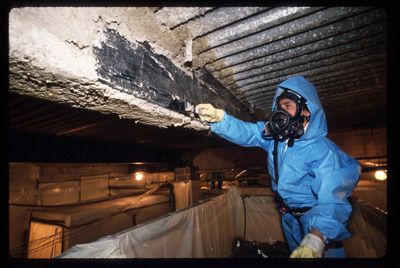
In the 1970s, it became clear that exposure to asbestos had the potential to cause cancer and other respiratory problems. If asbestos is such a danger, shouldn't it all be removed by now? Not necessarily. Learn more by checking out Is it safer to remove asbestos from a building or leave it there?. What other building material can make you sick?
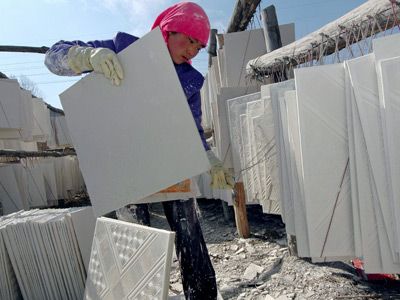
Because of unprecedented growth in the real estate market between 2001 and 2005, U.S. builders turned to imported drywall from other countries, notably China, to keep up with demand. Since then, people began noticing some odd things in their new homes -- strange smells, failing appliances and health problems. Coincidence? Check out Is your drywall making you sick? to learn more. See what's often referred to as "man-made asbestos" next.
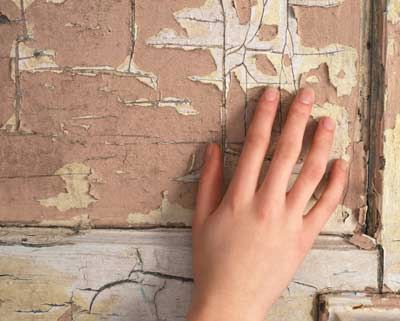
Even though public health officials grew wise to the toxicity of lead decades ago, lead still lingers in the paint and pipes of older homes and other buildings (built before 1978). Water that travels through and leaches from lead pipes is another source. Some home repairs, such as removing painted drywall, can send lead dust into the air. Find out another issue with paint next.
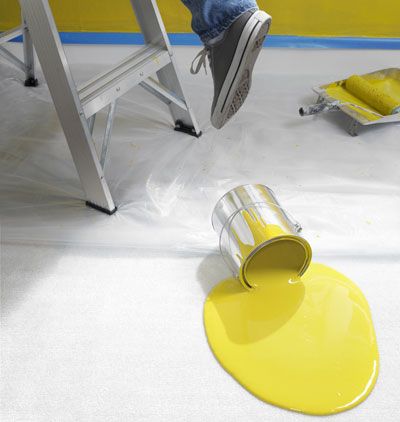
Spilling the paint should be the least of your worries; many paints release high levels of volatile organic compounds which can contribute to a range of health problems. Typical household paint contains up to 10,000 chemicals, of which 300 are known toxins and 150 have been linked to cancer. There are alternatives, though. Check out How Low-VOC Paint Works to learn more. Find out how to detect the next hidden danger.
Advertisement
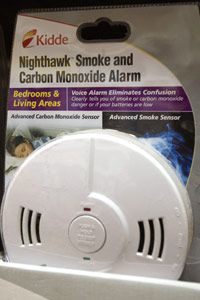
Known as "the silent killer," carbon monoxide (CO) is a colorless, tasteless, odorless gas that comes from the incomplete burning of fuel. Just about anything you might burn in or around your home -- whether it's gasoline, wood, coal, propane, natural gas or oil -- can produce carbon monoxide in the right conditions. Read up on How Carbon Monoxide Detectors Work to learn more. Find another toxic gas next.
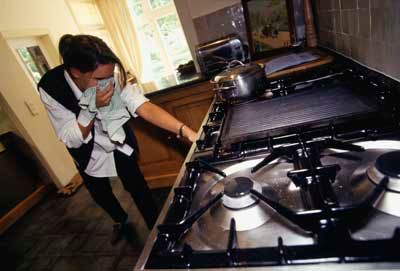
Because of the potential danger associated with natural gas leaks, suppliers add the rotten egg odor to natural gas as an olfactory warning. A leak can increase the risk of fire and explosion and is also dangerous to your health. Learn more by checking out "If I have a gas leak in my home, will I die?". The next danger is commonly used in mattresses, upholstery, televisions and more.

Flame retardants keep your TV from bursting into flame, but have also been linked to learning and memory problems, lowered sperm counts and poor thyroid functioning in rats and mice. Researchers are still trying to determine the implications for humans, though. The next danger may strike around the holidays.
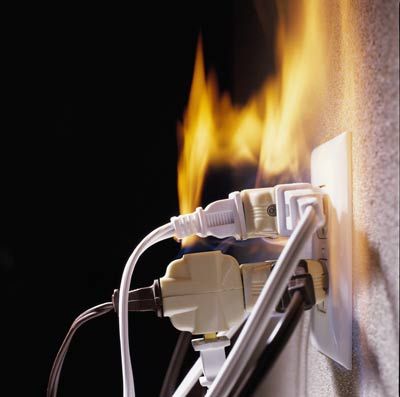
Overloaded outlets cause fires -- an estimated 5,300 annually in American households. Almost 2,000 of those occur during the holidays. Learn more about this by checking out "How many things can you plug into an electrical outlet before it catches fire?". Are you a fan of pressed wood paneling? You might want to reconsider your tastes.

Some wood paneling glue products use urea-formaldehyde as a resin, and the U.S. EPA estimates that this is the largest source of formaldehyde emissions indoors. Formaldehyde exposure can be dangerous, possibly setting off watery eyes, burning eyes and throat, difficulty breathing and asthma attacks. Prefer carpet? Think again.
Advertisement
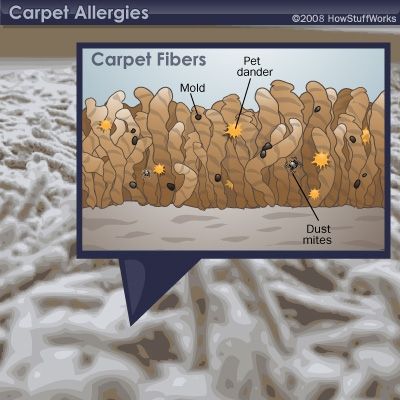
Not only do the glue and dyes used with carpeting emit VOCs (which can be harmful to one's health in high concentrations), carpets harbor allergens like dust mites, pet dander, mold spores and other potentially aggravating proteins. Perhaps we should spray the house down with pesticides? Can you guess what's next?

According to the National Pesticide Telecommunications Network, 90 percent of households in the United States use some form of pesticides. Coincidentally, in 2006, the American Association of Poison Control Centers received nearly 46,000 calls regarding children under 5 years old who had been exposed to potentially toxic levels of pesticides. Storing your clothes for the summer? Beware the mothball.
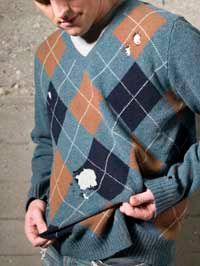
Moth balls not only keep moths from chewing your sweaters to bits, they also include a warning on packaging to "avoid breathing in the vapors." Studies have found that one active ingredient is some repellents can cause cancer in animals. Researchers are still hashing out whether it is cancerous to humans as well. If you want to keep moths from eating your clothes, try cedar chips instead. Speaking of pesky insects...
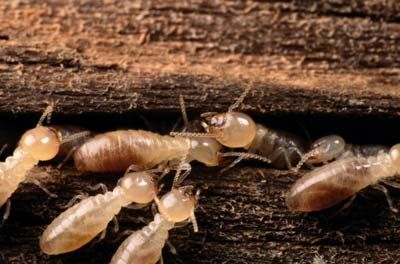
An estimated $2 billion is spent annually in the United States to protect and defend homes from termites' insatiable appetites for your house. Learn more about these wood-eating pests in this article "How do I know if termites are eating my house?". Love that hint of french vanilla? Maybe it's time to reconsider going au naturel instead.
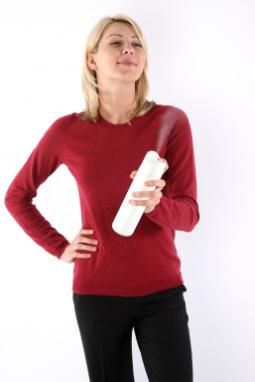
This woman may love her country garden-scented home, but in 2007 14 different air fresheners sold at a Walgreens drug store were tested and found to contain chemicals that could cause developmental and reproductive problems, especially for infants. Learn more about this danger in "Are air fresheners bad for your health?". The next danger also stems from a common household item.
Advertisement

Beware the sinister laser printer lurking in the background. It may release ultra-fine particles that can get into your lungs. The National Institute of Public Health found that laser and ink-jet printers can release volatile organic compounds (VOCs) and ozone particulates. We've got one more to scare the wits out of you up next.

BPA is the main component of polycarbonate, the hard, clear plastic sometimes used to make water bottles, baby bottles, food storage containers and other items like contact lenses, CDs and electronics devices. It also has been linked to a range of human health problems, including a higher risk of certain cancers, reduced fertility, birth defects and diabetes. Go forth and protect yourself by checking out more information in our Household Safety Tips Channel.